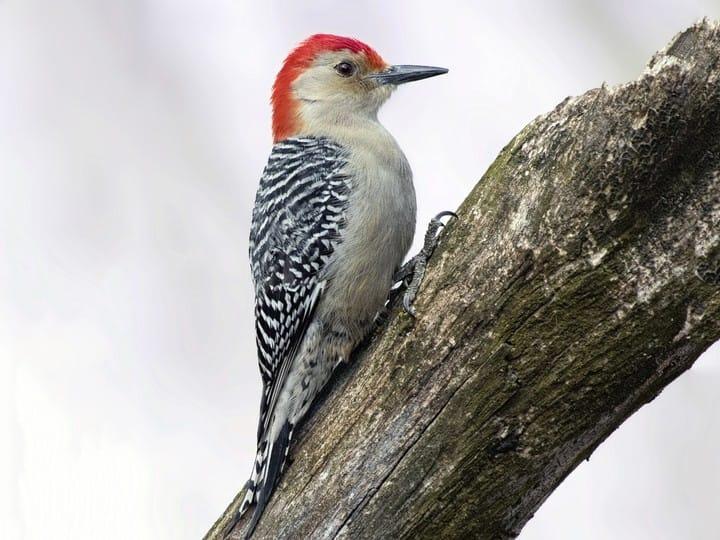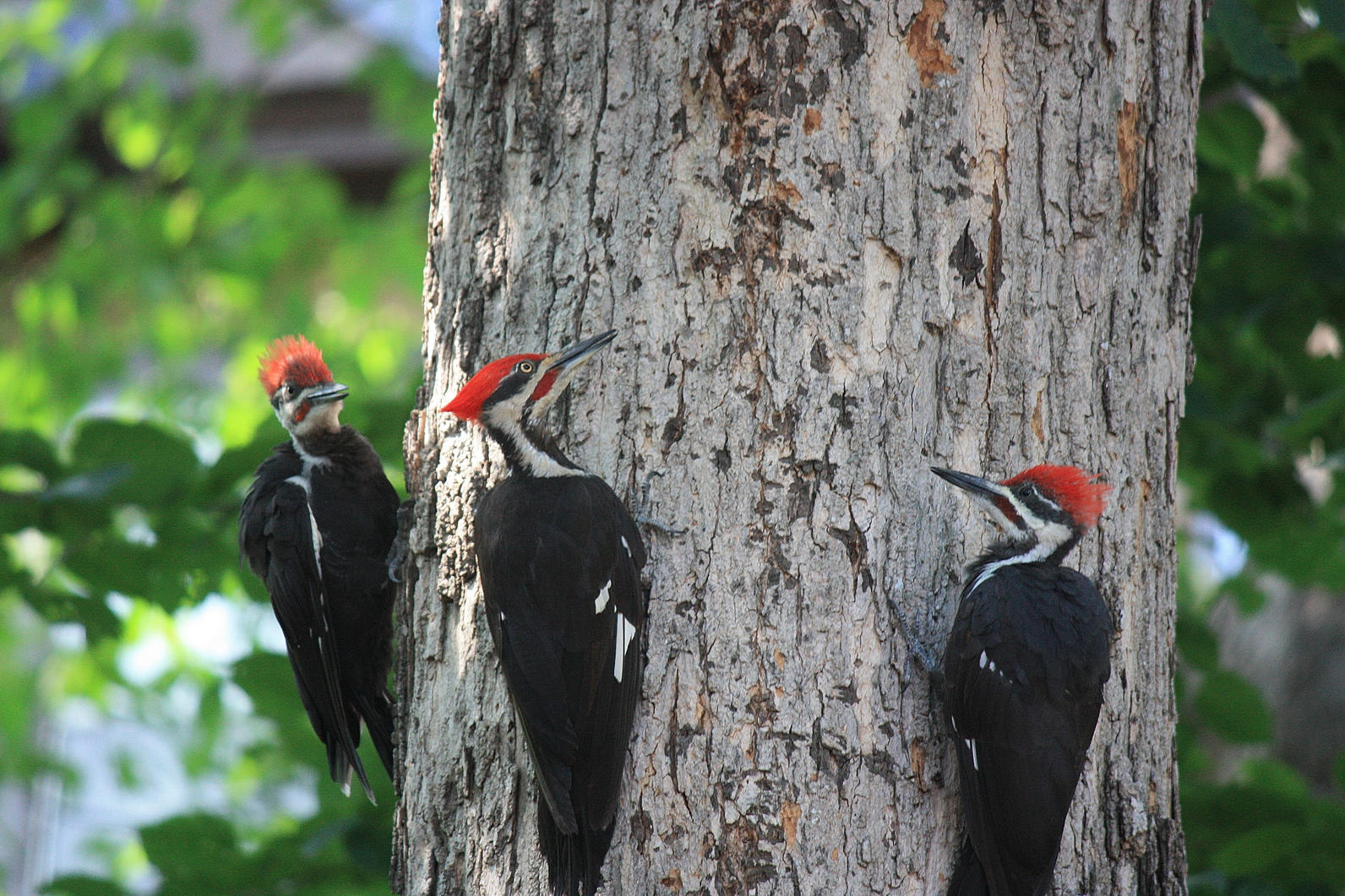Woodpeckers in Florida Population: Types Introduction and Preservation
Woodpeckers in Florida Population: Types Introduction and Preservation
Blog Article
Woodpeckers Unleashed: Checking Out the Wonders of These Competent Tree Mountain Climbers
Woodpeckers, with their unique markings and rhythmic drumming echoing through wooded areas, hold a distinct area in the avian world - Woodpeckers in Florida. As we delve right into the detailed information of woodpeckers' nesting habits, feeding methods, and the ongoing preservation efforts to protect these amazing birds, a much deeper gratitude for their place in nature unravels.
Composition and Adaptations
When checking out the composition and adjustments of woodpeckers, one can observe impressive functions that allow these birds to thrive in their specialized eco-friendly particular niche. Furthermore, woodpeckers have zygodactyl feet, with two toes dealing with ahead and 2 dealing with in reverse, giving a firm hold on tree trunks while they browse for food or drum for interaction.
Furthermore, woodpeckers have an unique tongue framework that is long, barbed, and sticky, enabling them to remove insects from crevices in timber. This specialized adaptation permits woodpeckers to make use of a food resource that is inaccessible to numerous various other bird varieties. On the whole, the anatomy and adaptations of woodpeckers display the exceptional transformative remedies that have actually allowed these birds to thrive in their arboreal environment.
Drumming Habits
Having actually discovered the composition and adjustments of woodpeckers, the focus now changes to comprehending their drumming behavior, a distinct aspect of their interaction and territorial screens. Drumming is an important kind of communication amongst woodpeckers, offering multiple functions such as establishing areas, attracting friends, and signaling alarm. Each woodpecker species has a special drumming pattern that helps people recognize participants of their own types and distinguish them from competitors or killers.
Woodpeckers produce drumming audios by rapidly pecking on powerful surface areas such as dead trees, utility posts, or perhaps metal things, creating a series of balanced beats. The intensity and speed of drumming can differ based upon the function; as an example, a rapid drumming sequence might indicate aggression in the direction of burglars, while a slower and softer drumming pattern could suggest courtship (Woodpeckers in Florida). In addition, woodpeckers may change the regularity and period of their drumming to convey certain messages properly
Nesting Practices
Checking out the nesting behaviors of woodpeckers exposes fascinating insights right into their reproductive actions and habitat choices. Woodpeckers are understood for their special nesting choices, typically digging deep into dental caries in trees to create sheltered rooms for raising their young. These dental caries serve not just as a nesting website however also as a secure refuge from killers and stormy climate.
Woodpeckers show a high degree of integrity to their nesting websites, often returning to the same location every year. This habits highlights the value of appropriate environment accessibility for their reproductive success. The choice of a nesting site is important for woodpeckers, with aspects such as tree types, elevation, and decay stage playing significant roles in their decision-making process.
Surprisingly, some woodpecker varieties are recognized to dig deep into several tooth cavities within their area, offering themselves with alternative nesting options. This strategy might act as a type of insurance coverage against potential hazards or disruptions to their main nesting site.

Feeding Strategies
Woodpeckers utilize a selection of specialized feeding strategies to obtain their key food sources. One of one of the most distinctive feeding behaviors of woodpeckers is drumming, which includes quick pecking on trees to uncover insects underneath the bark. This drumming not just helps them locate victim yet additionally functions as a way of interaction with various other woodpeckers. Woodpeckers have solid, chisel-like beaks that allow them to drill into wood easily. When an opening is developed, they use their long, barbed tongues to draw out bugs such read the article as ants, beetles, larvae, and crawlers. These tongues are covered with sticky saliva that aids catch the prey. Woodpeckers are also understood to excavate dental caries in trees to gain access to hidden insect larvae or sap. Some varieties, like the acorn woodpecker, shop nuts in specifically developed openings called granaries. This critical storing of food helps them survive during food scarcity durations. Woodpeckers are absolutely remarkable in their feeding techniques, showcasing adaptability and knowledge in acquiring their nourishment.
Preservation Efforts
Amidst the intricate feeding strategies showed by woodpeckers, the conservation efforts intended at securing these interesting birds play a vital function in preserving their environments and populaces. Woodpeckers face numerous dangers to their survival, including environment loss as a result of deforestation, environment modification altering their ecosystems, and crashes with manufactured frameworks such as buildings and vehicles - Woodpeckers in Florida. Preservationists are actively functioning to attend to these challenges and make certain the click for source long-lasting well-being of woodpecker types

Education and learning and public understanding campaigns are also crucial components of Find Out More woodpecker conservation efforts. By elevating recognition concerning the significance of these birds in maintaining healthy and balanced forest communities, conservationists can amass support for environment conservation initiatives and advertise responsible land monitoring methods. Via collective initiatives in between researchers, policymakers, and regional communities, we can function together to protect a future where woodpeckers thrive in their all-natural habitats.
Final Thought

Report this page